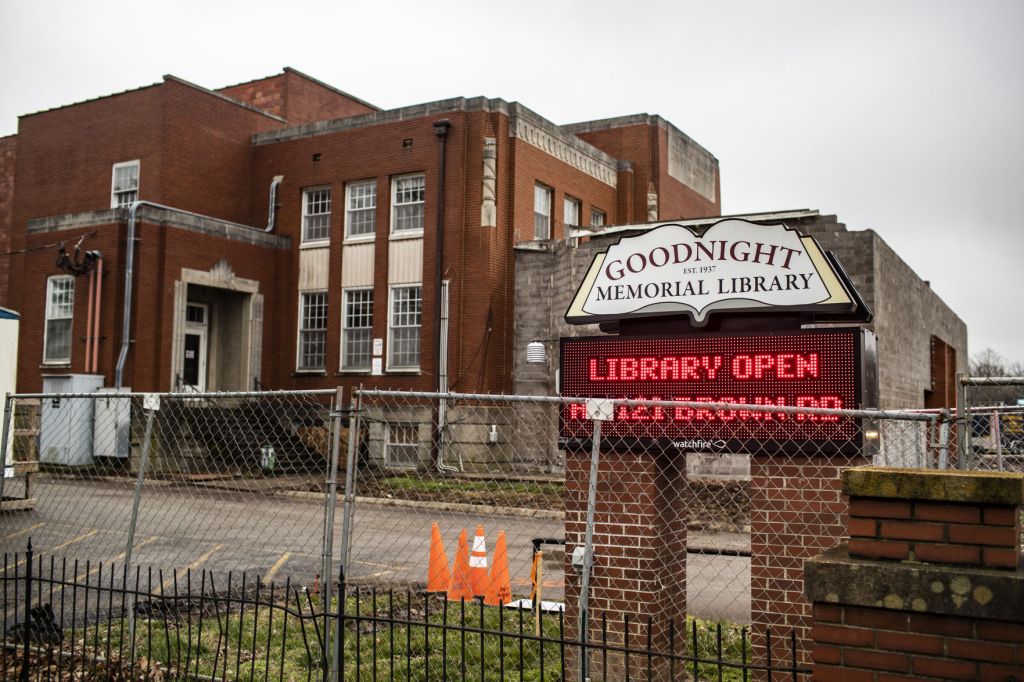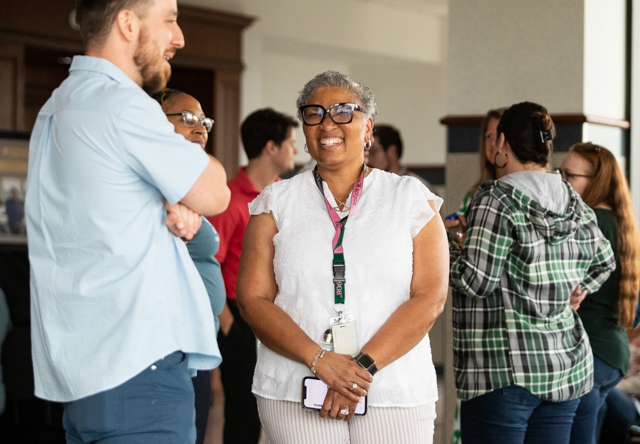Structural concerns delay expansion of Franklin library
Published 6:00 pm Saturday, March 2, 2019

- The Goodnight Memorial Library in Franklin will be updated but might not be completed until 2020.
A recent discovery has altered expansion plans at the Goodnight Memorial Library in Franklin.
Originally, the intent was to add a second floor to a part of the library. But after a contractor found that the ground beneath the foundation is too weak to support a two-story building, the entire section must be torn down, the ground beneath it strengthened and an entirely new structure built in its place.
Trending
Audrey Phillips, the library’s director, said contractor Scott, Murphy & Daniel discovered in December the inadequate soil under that section of the library, which was originally built as an addition in 1976.
“It’s too loose,” she said. “Every time they would take a scoop out with a backhoe, it would just cave in. The ground underneath it is not adequate to hold a second story, much less a second story with book-stack weight.”
The setback is expected to lengthen the construction process by about 10 weeks and will probably result in an additional $400,000 in construction costs, Phillips said.
The original cost of the renovations was roughly $6.1 million, she said, adding that the library has the funding necessary to cover the increased costs.
The project was initially expected to be completed in November, but the timeline now pushes the project into January, she said.
According to project manager Tommy Garrett, a patch of ground needs a load-bearing capacity of 1,500 to 2,000 pounds per square inch to safely support a two-story building. The ground under the 1976 addition was discovered to have a load-bearing capacity of 500 to 750 PSI, which actually is not enough to safely support a one-story building.
Trending
“Now, we don’t have a choice but to tear down the front of the building,” he said.
Garrett said that when that part of the building was constructed, the standards used to determine the density and strength of a construction site’s ground were less demanding.
Now, Scott, Murphy & Daniel must dig down roughly 20 feet to the bedrock and drill in steel support poles called micropiles, as well as a new footer and a grade beam, Garrett said.
On top of that, a concrete masonry unit – which Garrett described as essentially “a concrete block” – will be laid at ground level to serve as a foundation.
For several months, the library has been operating from a temporary location on Brown Road while renovations are underway. The upgrades will also include updates to the library’s auditorium, such as the construction of restrooms and a vestibule.
Phillips said the ground beneath the rest of the library, which was built in 1936, was also examined and found to be sufficiently sturdy.
“The original (1936) building has a basement underneath and that’s not shown any signs of trouble,” she said.
Phillips said the 1976 addition is expected to be torn down in the first week of March, once they receive approval to move forward from the Environmental Protection Agency.







